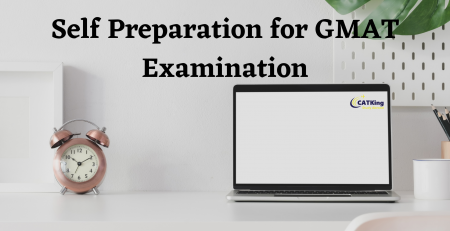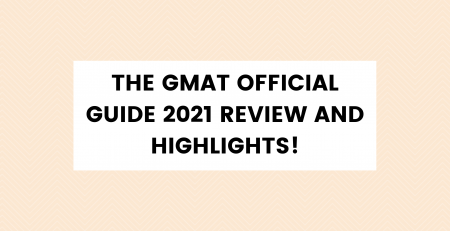GMAT: Tips to follow on the exam day
GMAT: Tips to follow on the exam day
The Graduate Management Admissions Test (GMAT) is a test that simply assesses your ability to think and interpret information quickly. The test accurately measures your focus levels by keeping your mind active for a 3.5 hour period. It, therefore, becomes a test of your endurance. With four sections: Verbal, Quant, Integrated Reasoning and the Analytical Writing Assessment, the GMAT efficiently tests your reasoning, language and analytical skills.

-
Mental Sharpness and Psychology:
A big fallacy on the exam day is to constantly be nervous and think about the end result. Students often make the mistake of thinking about their future and forget what they have worked hard for months to garner. Keep your cognitive process clean, and focus on the exam; one question at a time.
-
Elimination Strategy:
Often students are caught up in the search for the right answer, and forget the ever-effective strategy of ‘elimination’. Do remember that discarding the wrong answers quickly can help you optimize time and sometimes proves to be the only way to solve a question. Remember that you might not be able to comprehend every single paragraph or sentence correction question. So, leave your ego behind and eliminate if you have to.
-
Thorough Reading:
A very common student weak point is that of reading- students who do not have the habit of reading, or have developed a capricious attitude towards reading(over the years), tend to quickly find themselves in a pickle when it comes to comprehension. Make sure that you get into the habit of reading every single word carefully. This does not mean that you expend extra time reading unnecessarily, but that consistent practice will help you ‘read faster’. A few answer choices are purposely given to make you drift towards the wrong ones.
-
Answer everything, do not skip questions:
The GMAT’s scoring system is based on an algorithm that heavily penalizes test-takers for skipping questions. Even if you do not know the answer to some question, do not make the mistake of skipping that particular question. Mark any option, take a calculated guess. The GMAT does not allow you to go back to any unanswered question either. You have one shot at every question that is on screen.
-
GMAT Exam pacing:
A lot of articles have been written about how to pace your exam, but the key factor that you need to understand is that: ‘Everyone has their own strengths’. Understand the question type in which you need to spend more time; and remember that the first part of your exam is crucial in determining your ‘level’. The first quadrant of the exam is the one in which you need to be precise in terms of your strategy execution. Notice and make sure you amend your weak points well in advance.
GMAT scoring system:
The GMAT scoring system is adaptive, which means that it rewards you for the right answer, but increases the difficulty level of the next question. Similarly, the algorithm penalizes you for the wrong answer, decreasing the difficulty level if you make a mistake. The exam is split into four quadrants, and your strategy must revolve around being consistent across the four quadrants. You cannot slack off in any quadrant; the first and the last quadrants are crucial in determining your final score.
A score lower than 720 does not bar you from applying to top schools like Harvard, Columbia or INSEAD, it just makes the admission committee shift their eyes onto the other parts of your application. Making it a little harder to get into these schools if you don’t have impressive credentials.
If you’ve taken the test and gotten a GMAT exam total marks below 680, then worry not. 650 – 680 stands between the 70th to 85th percentile, and you’ve made a good attempt. Now, you have two options. Either you retake the GMAT to improve your score, or you apply to universities with your current score.
Also Read: https://old1.catking.in/the-complete-guide-to-ielts-reading/
All about Admission with GMAT exam total marks :
Your undergraduate GPA and GMAT exam total marks are a reflection of your academic capabilities, and you should try to get on the positive side of this. If you have a great undergrad CGPA and a fairly decent GMAT exam total marks, you might get into top universities. However, if your college GPA isn’t on the high side, a great GMAT score becomes a necessity to prove that you are serious about your studies. The GMAT can be taken 5 times in a year, and you can choose the scores you’d like to send universities. Meaning that they won’t know about all your previous attempts. While there are many MBA programs for a 680 GMAT exam total marks, if you think that you have the time and can do better in your next try, by all means, do write the GMAT again.
Most applications that are accepted by universities are those that are close to the B-school’s average GMAT exam total marks. So, make it a point to apply to these institutes for a higher chance of selection. But do try your hand at some elite business schools too, most of them have a GMAT score range starting from 600 or 620 including Wharton, London Business School, INSEAD, ISB and Ross School of Business.
Also Read: https://old1.catking.in/the-complete-guide-to-ielts-reading/
















Leave a Reply
You must be logged in to post a comment.